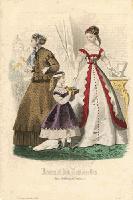
Looking at Stereo Views (Journal des Demoiselles)
Giovanni Battista della Porta (1538-1615) created binocular drawings, and about the same time Jacopo Chimenti da Empoli (1554-1640) produced pairs of drawings, which clearly indicated his understanding of binocular vision. In 1613 the Jesuit Francois d'Aguillion (1567-1617) coined the word "stéréoscopique".
Sir Charles Wheatstone, an English inventor, was credited with making the first practical stereo viewer in 1833. Wheatstone publicly introduced his stereoview equipment in June 1838 in an address to the Royal Scottish Society of Arts on the phenomena of binocular vision. In describing the equipment, he proposed calling it "a Stereoscope, to indicate its property of representing solid figures." It was used for drawings at the time of Wheatstone's address, but Wheatstone later proposed using it with photography as early as 1841.
It took eight more years before Sir David Brewster described a practical binocular camera, and the first stereoscopic photographs began to be actually produced.
But the stereograph or stereo view took off like a shot from its earliest images (daguerreotypes and calotypes from about 1849 on) to its modern Viewmaster incarnation. The golden period for the stereoview or stereograph was probably from 1860-1890.
Oliver Wendell Holmes is credited with inventing the first commercially produced handheld stereograph viewer in 1859. Millions of such viewers were sold to the public after Joseph Bates of Boston made a few improvements and manufactured the viewers.
In an article in the Atlantic Monthly that same year, Holmes described the phenomenon that created such enthusiasm: "A stereoscope is an instrument which makes surfaces look solid. All pictures in which perspective and light and shade are properly managed, have more or less of the effect of solidity; but by this instrument that effect is so heightened as to produce an appearance of reality which cheats the senses with its seeming truth."
Stereoview pictures are usually taken by means of a camera with two lenses. This provides two separate pictures 2.5 inches apart, about the distance between the eyes. Although the pictures may appear the same, they are slightly different. When looked at in a viewer, which has prismatic lenses, the two views blend into one and the brain perceives this image in three dimensions the same as normal vision. The stereo effect can be quite astonishing even today.
Some of the earliest stereoview photographers, who used calotype paper negatives to produce positive images, included William and Frederick Langenheim in America, and the English photographers Roger Fenton (in Russia in 1852) and Dr. John Murray (in India in 1855-1860s). The Langenheim brothers were one of the few studios to actually license the calotype process from Talbot in 1849, and they were one of the first to utilize it for making stereoviews. In fact the Langenheims became the first Americans to copyright paper photograph stereograph views in 1854, according to stereo expert Jeff Kraus.
In France the daguerreotype was quickly adapted to stereo by Jules Duboscq, who made stereoscopes and stereoscopic daguerreotypes. Duboscq in turn tempted Antoine Claudet, a French ex-patriot in London, to become interested in stereoscopy; in fact, it was Claudet who patented stereoscopes in 1853.
Nudes became a very popular subject for stereos. While very few single nude dag images were produced, thousands of stereos were made and sold in the early to mid 1850s--almost all in Paris.
Besides calotypes and daguerreotypes, glass stereo views were also popularized, first by the Langenheims and then later by Ferrier & Soulier, who saw the Langenheim process at the London Exhibition of 1851 and quickly pirated the idea for their French and European clients. Glass was such an effective way to show stereos that it continued to be used as late as the 1920s, primarily for amateur travel views and for the always popular nudes, the finest of which were produced by Mante & Goldschmidt.
It did not take long for other media to be used as well, including ambrotypes (perhaps the rarest of photographic medium used for stereos) and even occasionally tintypes.
Another popular innovation that appeared almost solely in stereo was the tissue stereoview. This method simply mounted a hand colored tissue behind the thin albumen print, which was then mounted in stereo cards with two blank holes to accommodate this arrangement. When a viewer looked at one of these cards with a light source behind the image, the view could be seen in full color. Many of these stereo views were quite magical: day became night, normal buildings were engulfed in flames, and whole cities would light up. The most extensive series of such tissues was probably the Diables or Devil cards, which show bizarre and complex scenes of Satan and his helpers and their effect on the "normal" population.
Real color came to stereoviews when the autochrome process was utilized to make stereos. This early color process made from potato starch was very rare in the stereo format, which by 1912-1920 had faded in popularity with the advent of cinema.
One other stereo innovation should be mentioned. In 1853 W. Rollman first illustrated the principle of the anaglyph using blue and red lines on a black field with red and blue glasses to see the effect, but this was for line drawings only. In 1858 Joseph D'Almeida began projecting three-dimensional magic lantern slide shows using red and green filters with the audience wearing red and green goggles. But it was Louis Ducas du Hauron that first printed anaglyphs (true photographs produced by this method) in 1891.
This process consisted of printing the two negatives that form a stereoscopic photograph on to the same sheet of paper, one in blue (or green), one in red. The viewer would then use colored glasses with red for the left eye, and blue or green for the right eye. The left eye would see the blue image, which would appear black, while it would not see the red; similarly the right eye would see the red image, again as black. A three-dimensional image is the result.
The selection of stereos here ranges from the very earliest examples, including daguerreotype, glass and ambrotype to tissue stereoviews and finally even a rare example in autochrome. For a more complete selection, you should go to the Search Images page and select Stereos from the drop-down menu under CHOOSE THE IMAGE MEDIUM.
Exhibited and Sold By
Contemporary Works / Vintage Works, Ltd.
258 Inverness Circle
Chalfont, Pennsylvania 18914 USA
Contact Alex Novak and Marthe Smith
Email info@vintageworks.net
Phone +1-215-518-6962
Call for an Appointment


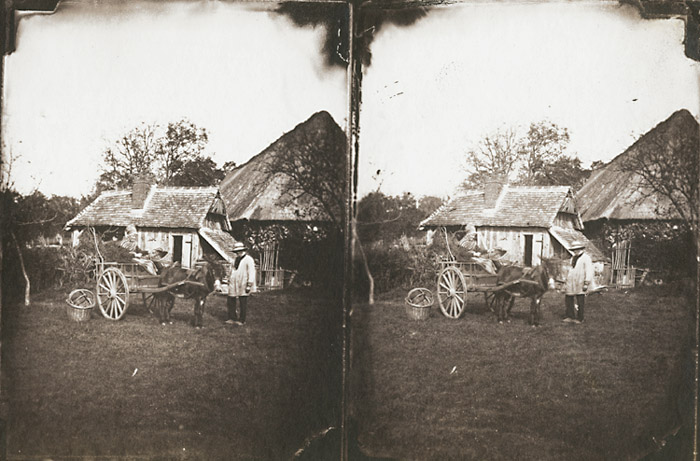
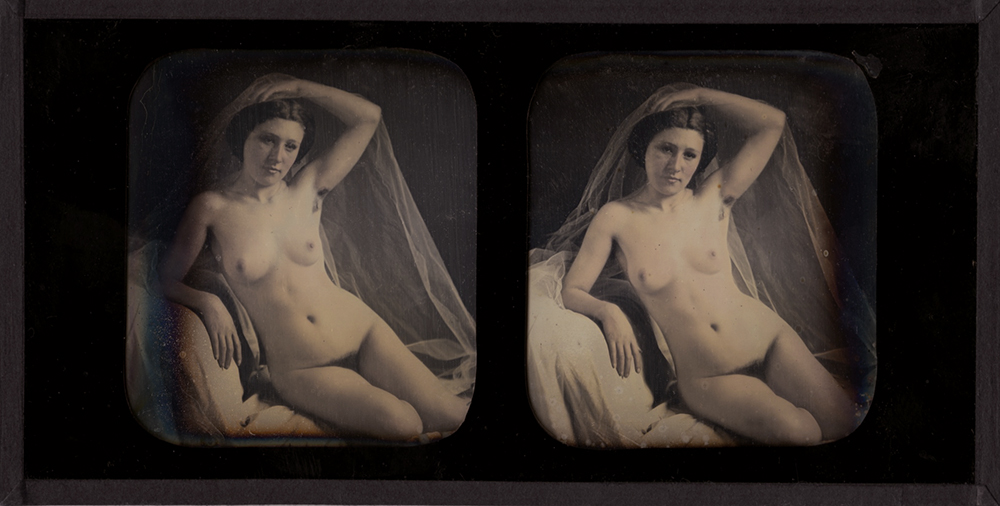
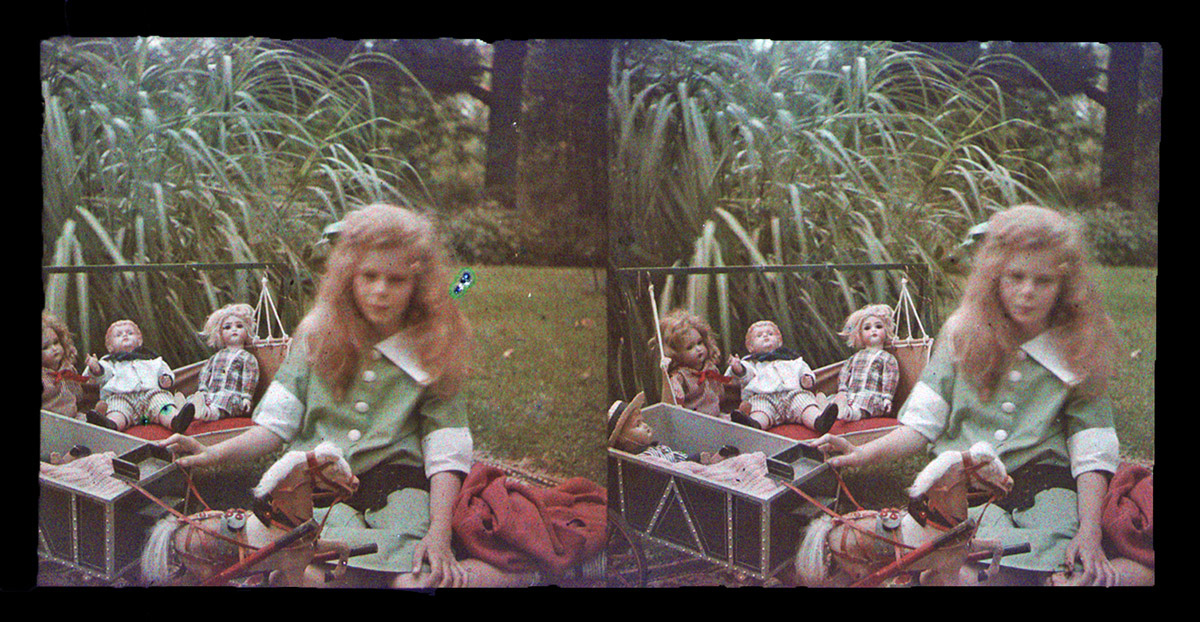
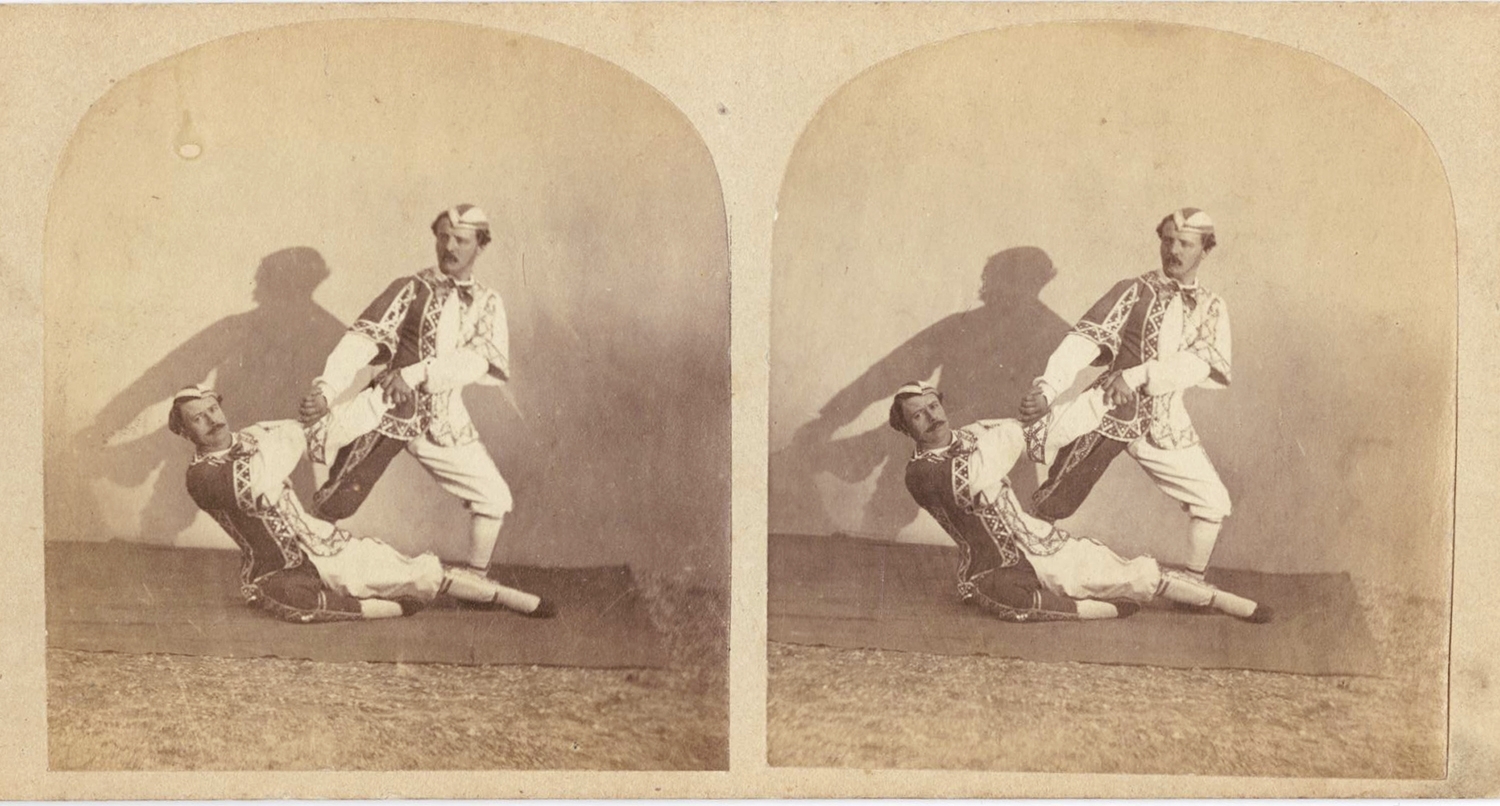

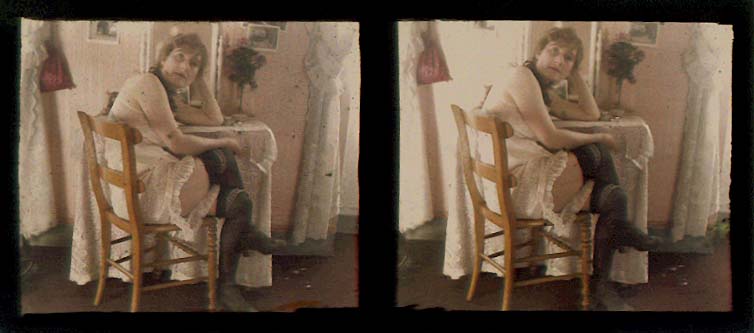
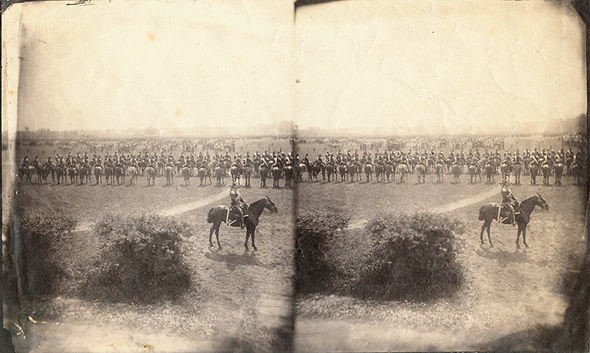

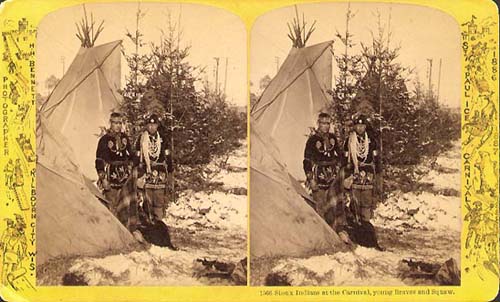
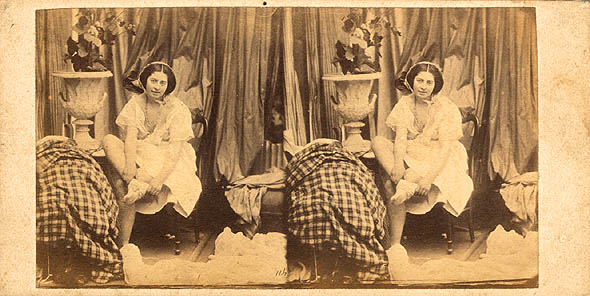
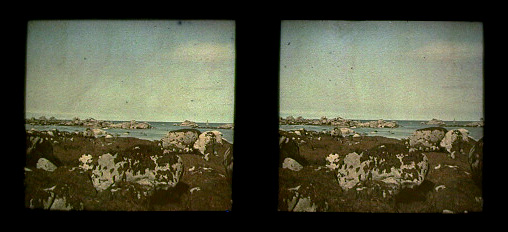
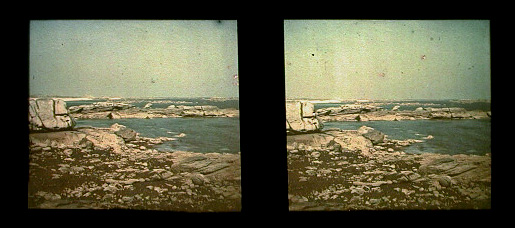
Share This